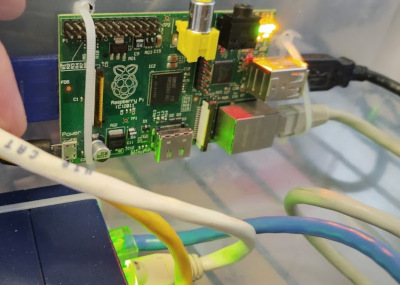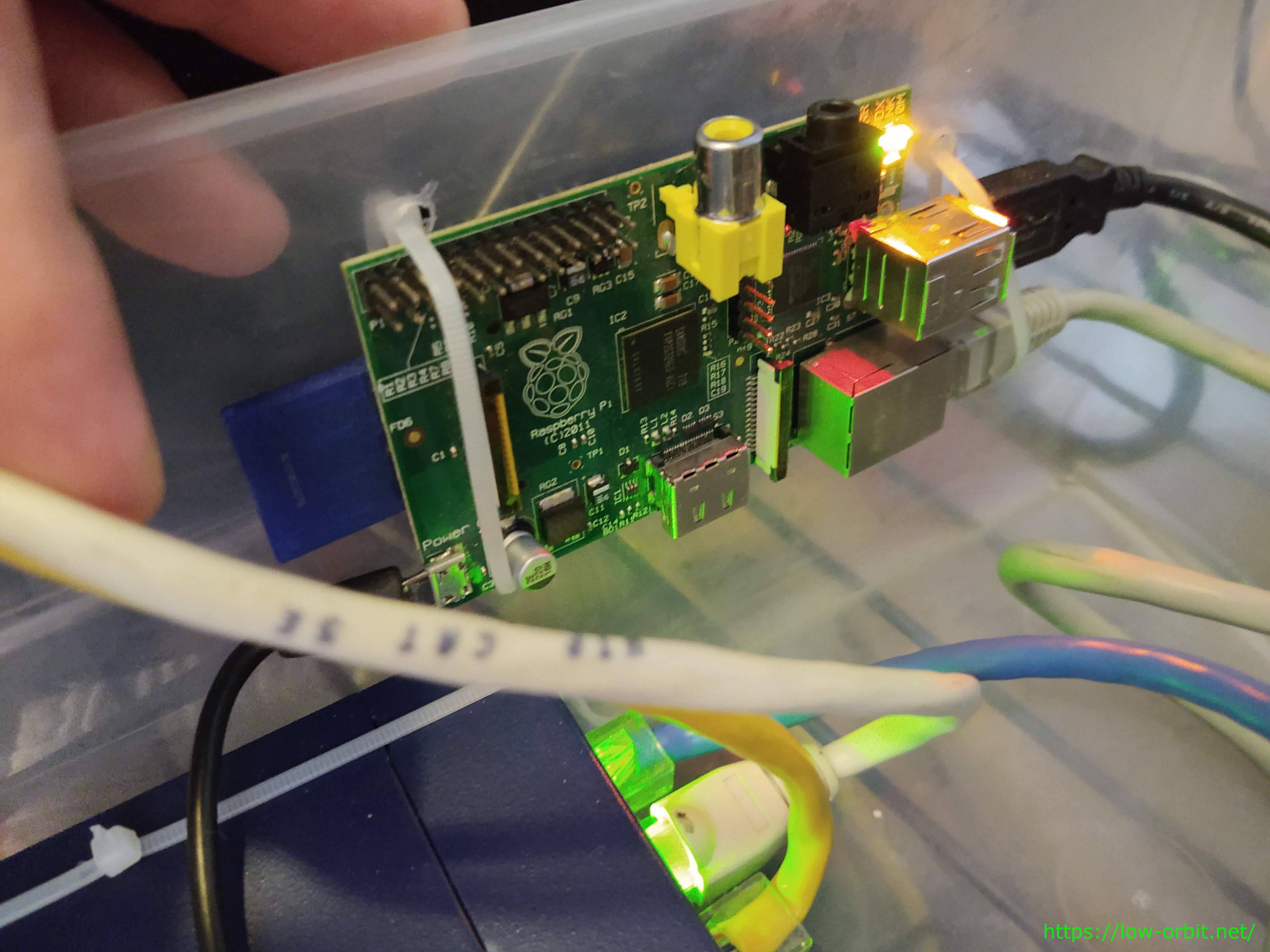
- Speedify raspberry pi router install#
- Speedify raspberry pi router android#
- Speedify raspberry pi router Pc#
Speedify raspberry pi router install#
The exact packages can vary between distributions and versions.įor Ubuntu, the ipheth-utils package is needed for tethering iPhones ("sudo apt install ipheth-utils")įor Raspberry Pi OS, the usbmuxd package adds support for tethering iPhones ("sudo apt install usbmuxd") On Linux, you may need to install additional packages to support tethering iPhones. The only workaround we can suggest at the moment is using the iPhones Hotspot function and connecting over Wi-Fi. Note: Since iOS 14, USB tethering isn't working reliably with Linux. To use this, your iPhone's cellular plan must support hotspots/tethering. Speedify can use USB tethered iPhones to add a cellular internet connection to your Ubuntu and Raspberry Pi OS device. 😭 Stay tuned for an article on bridging a ZeroTier network and a WiFi access point.How can I add a Tethered iPhone connection in Linux (Ubuntu and Raspberry Pi OS)? These are typically how apps auto-discover services on the LAN.
Speedify raspberry pi router android#
Unfortunately the iOS and Android VPN APIs won’t let ZeroTier use multicast/broadcast. Why is an app on my phone not working over ZeroTier? Which interface/address should your laptop use for internet access? Now it’s WiFi address and ZeroTier address are in the same subnet. Say you have a laptop that is on the ZeroTier network and you bring it home. Why is the Managed Route /23 and the LAN subnet /24? Iptables -A FORWARD -p all -i br0 -j ACCEPT Secure the Pi to your liking We’d probably skip adding the firewall.Ĭat /proc/sys/net/bridge/bridge-nf-call-iptables Create new Pool with start and end from $ZT_POOLįor documentation purposes, assign $BR_ADDR to the ZeroTier bridge memberĮither it worked, and you can ssh back in to $BR_ADDR after a minute, or it didn’t work and the Pi isn’t on the network anymore and you need to use the keyboard and monitor to figure out what went wrong. Configure ZeroTier NetworkĪt my./network/$NETWORK_ID Settings -> Advancedĭelete the default Managed Route. Hook up a keyboard and monitor and check with ip addr then edit `/etc/systemd/network/work` to match. Sometimes the physical interface turns out to be a long “predicatable interface name” like: “enb827eb0d4176”, sometimes it’s just “eth0”, depending on raspbian version(?). If it takes a long time waiting for the network during boot. You should be able to, from the physical LAN, connect to the Pi via $BR_ADDR You’d probably base this off what is already configured on your router. The DHCP range and ZeroTier Auto-Assign range should be in the same subnet, but not overlap. Keep an old network around for secondary way to connect any devices already using ZeroTier.

It doesn’t have a be a raspberrypi, but some of these instructions might be raspbian specific.īridge IP Address (will be statically assigned)Ĭreate a new ZeroTier network and get the ID. Anything running a Debian 10 based distro should be fine. We used a raspberry Pi 2 while writing this, but a Pi 3 or 4 should work fine.

You could probably adapt the concepts to a different linux network configuration system if you have opinions about systemd. We’re going to use systemd networking for this. You’re somewhat familiar with the command line, ssh. Chances are high we’ll break networking and lose access to the Pi.

You have a keyboard, monitor, and ethernet cable plugged into your Pi. You’re doing this on your home network and can log in to your router and find the DHCP settings.

Speedify raspberry pi router Pc#
Do you have devices at home can’t run ZeroTier? Do you want access them remotely? Do you already use ZeroTier? You can use a small linux PC as a bridge between ZeroTier and physical networks.


 0 kommentar(er)
0 kommentar(er)
